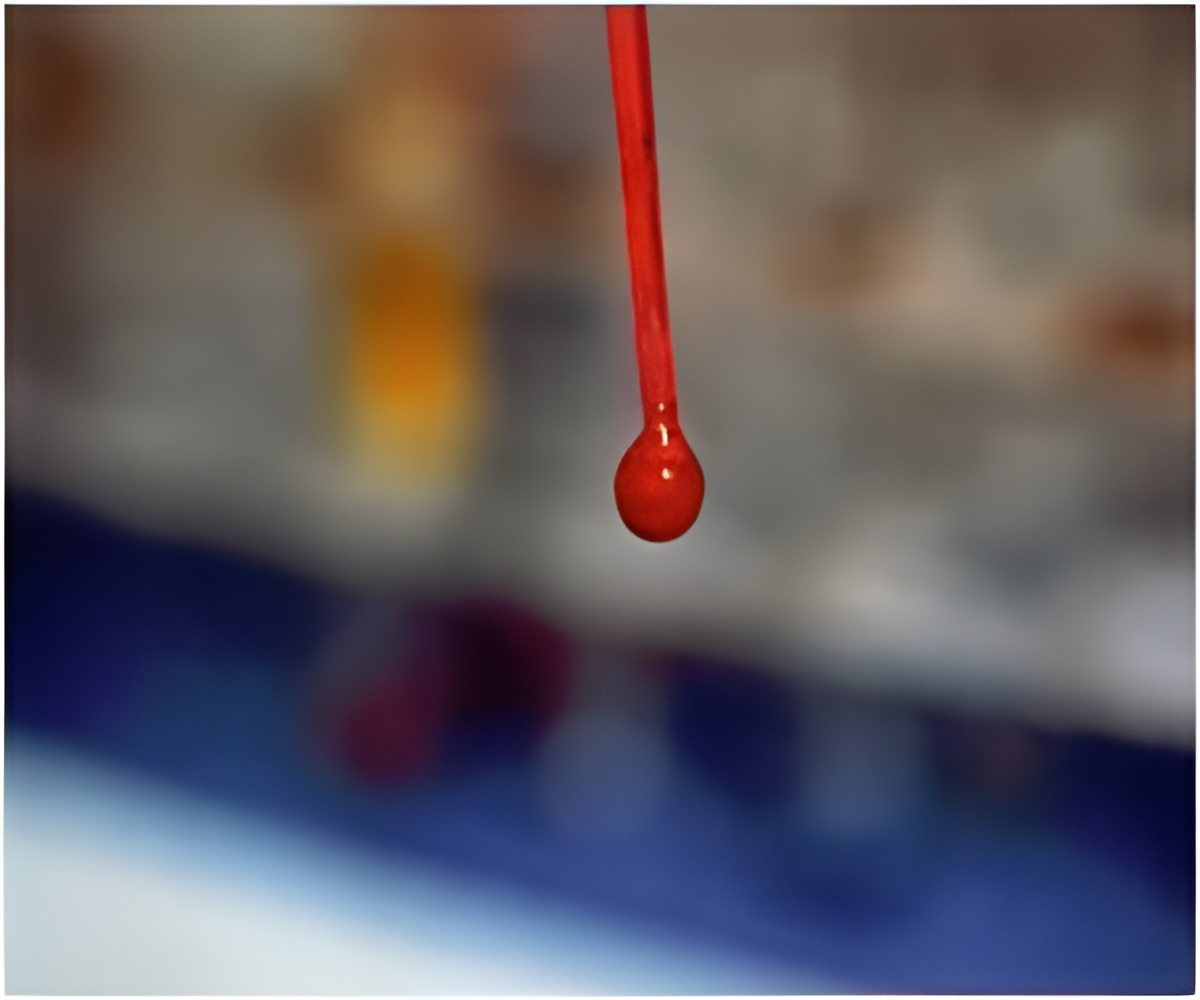In the world of aquatic animals, the small but charismatic Hawaiian bobtail squid is known for its predator-fooling light organ.

The relationship between the squid and the bacterium Vibrio fischeri is well chronicled, but writing in the current issue of the journal Proceedings of the Royal Society B, a group led by University of Wisconsin-Madison microbiologists Margaret McFall-Ngai, Edward Ruby and their colleagues adds a new wrinkle to the story.
"The squid has seen an opportunity to recruit an organism to make light," explains McFall-Ngai, a UW-Madison professor of medical microbiology in the School of Medicine and Public Health. "But to do that you have to tame it. You have to train it to do what you want it to do."
In the case of the bobtail squid, it seems that the blood pigment hemocyanin plays a dual role in helping the squid recruit and sustain the bacterium it uses to avoid predation.
Like its human analog hemoglobin, hemocyanin is primarily responsible for transporting oxygen from the squid respiratory system to the rest of the body. But the hemocyanin protein also appears to be deployed in a way to help the squid recruit its population of Vibrio fischeri, which the squid flushes and replenishes on a daily cycle to enable its nocturnal defenses.
"In the early events of symbiosis, hemocyanin appears to have antimicrobial activity," says Ruby, also a UW-Madison professor of medical microbiology and a co-author of the new report. "We think it is part of the mechanism by which Vibrio fischeri become specific."
Advertisement
How Vibrio fischeri copes with the antimicrobial properties of the squid's blood pigment is an unanswered question, but agents with selective antimicrobial activity are not unknown: "People tend to assume that whenever they encounter an antimicrobial, it is meant to kill everything," Ruby notes. "Here, we know some bacteria are being courted."
Advertisement
"At night the squid is creating an environment that is more acidic, where oxygen is more easily dumped," says Ruby.
"Oxygen is really pivotal," adds McFall-Ngai. "There is a lot of energy that goes into making light."
The new findings, according to the Wisconsin biologists, help reveal some of the hidden rules of symbiosis, processes that are also likely occurring in higher animals, including humans, who also depend on microbes to perform critical services.
"There is a dynamic interplay in symbiosis," says McFall-Ngai, who designed and performed the study with UW-Madison post-doctoral fellow Natacha Kremer, the lead author of the Proceedings of the Royal Society B report. "In humans, there is an ecological succession in microbiota. What we are looking for in our model are the general themes."
Source-Eurekalert









